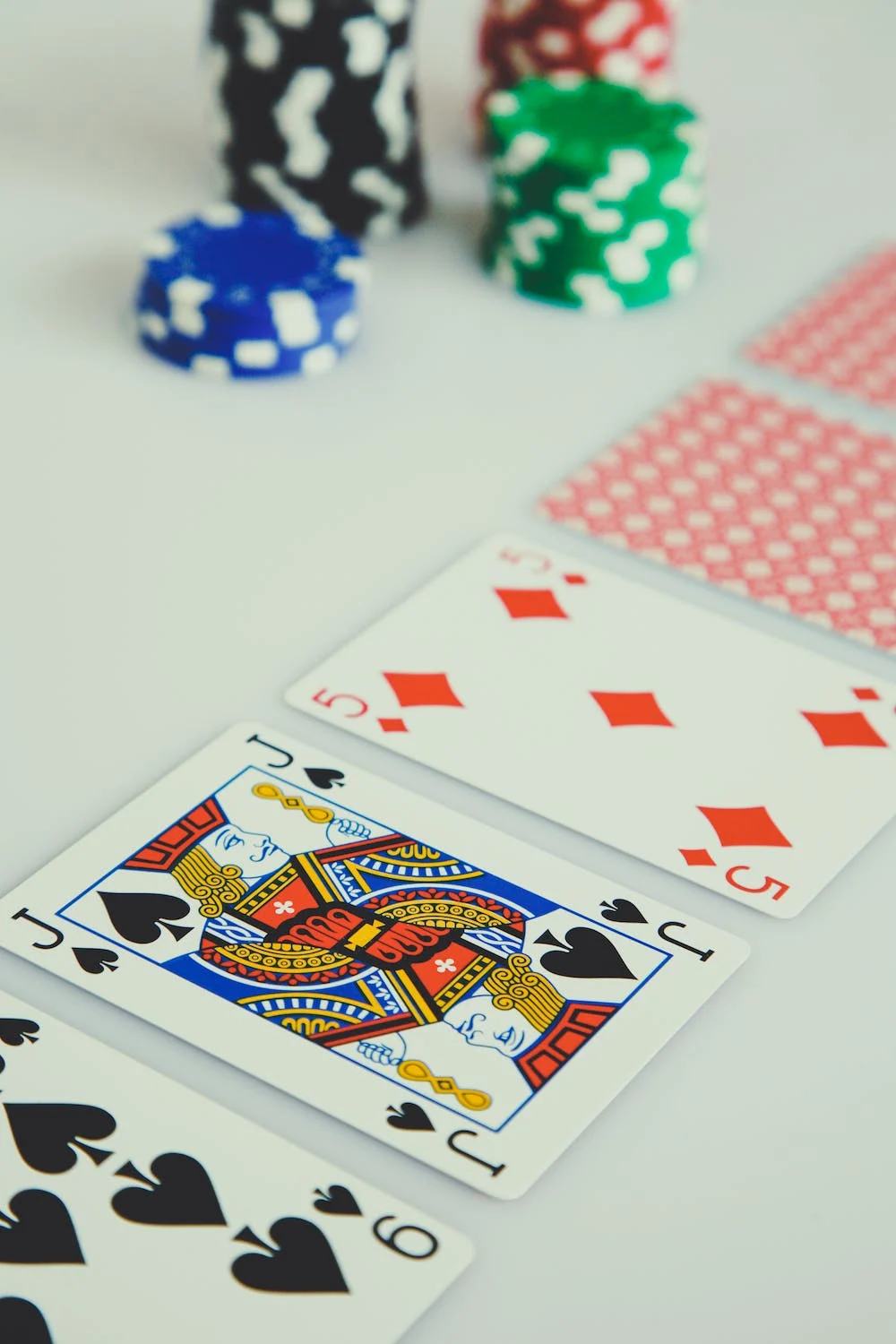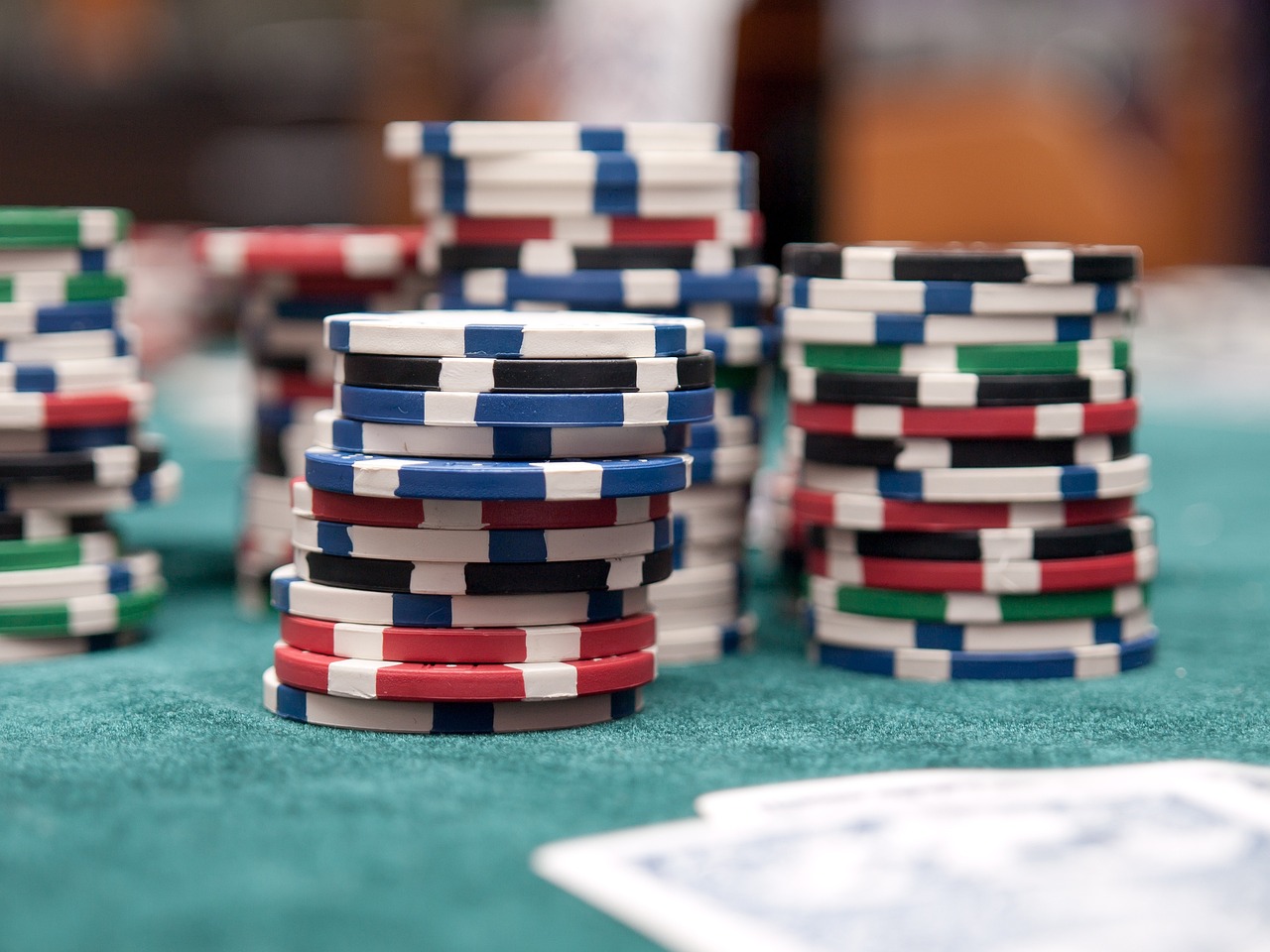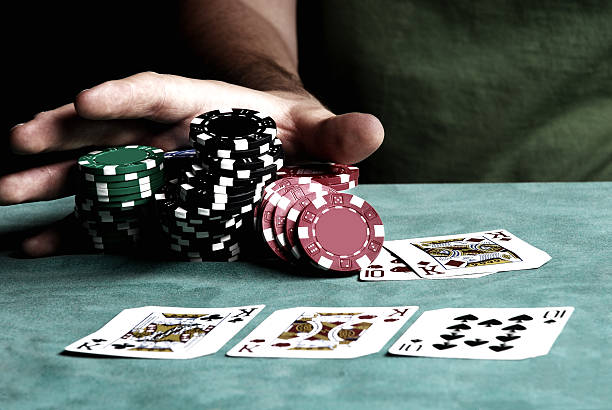
Bluffing is an essential poker.com " target="_blank" rel="noopener">poker tactic that can help you win big. You could hold the worst poker cards in the game and still leave the table a winner if you know how to use this technique correctly. This goes for live games and online tournaments on sites like GGPoker, the world’s largest poker room.
Even the unluckiest card combinations, like the Dead Man’s Hand, can be turned into a winning poker hand with the right bluffing strategy.
Check out the following expert tips to help you master the art of bluffing and improve your poker game.
1) Understand the psychology of poker.
One important thing to remember when bluffing is that poker is a psychological game. This means you need to read your opponents and understand what they might think to play poker competently.
If you can get into your opponent’s head, you’ll figure out when they are bluffing and when they have a strong hand. This will help you make the right decisions at the poker table—that is, it can help you determine the most opportune moments to bluff yourself as much as avoid falling for an opponent’s actions.
2) Make sure your story is believable.
When you’re bluffing, you’re essentially telling a story. You must ensure this tale is believable if you want your bluff to succeed. Otherwise, your opponents will likely see through your act.
A continuation bet or c-bet is the perfect example of this specific bluffing theory. You make a c-bet at the flop to continue the aggression you showed by raising the pot pre-flop.
This poker move is based on the story that you have a strong hand, even if you don’t. By c-betting, you’re trying to make your opponents believe this narrative.
Of course, you must ensure you have the right poker cards or range to make your c-bet work. Otherwise, you risk losing the hand if someone calls your bluff.
Alternatively, your opponents might get suspicious and call you if you suddenly bet or raise at the flop after limping or playing passively pre-flop.
This illustrates the logic of having a good story when bluffing: if your poker actions do not fit your act, it becomes much harder to make people believe you.
3) Size your bets accordingly.
How much you bet contributes to how believable your story is. When bluffing, you need to make sure your bet size makes sense, given the story you’re trying to tell. For example, if you’re trying to represent a strong hand, you need to make a large bet.
Conversely, if you want people to think you have a weak poker hand, you might make a smaller bet. If your poker bet sizing doesn’t fit the story you’re trying to tell, it will be much harder to bluff successfully.
4) Consider your position at the table.

Your poker position likewise plays a role in how successful your bluff will be. You probably already know this if you’ve played poker for a while, but it’s worth repeating.
The fact is, the later you are to act in a poker hand, the better. You have more information about how your opponents have played their hands when you’re in a late position. You can use this information to help you decide whether or not to bluff.
On the other hand, if you’re in an early poker position, you have less information about your opponents’ hands. As a result, it’s generally harder to bluff successfully in this part of the table.
Consider that everyone in the game is familiar with this poker concept. As a result, they will be more suspicious and, thus, more likely to call your bluff if you’re out of position. If you’re going to bluff from an early poker position, you need to have a strong hand—or at least a believable story.
5) Bluff at the right times.
Even if you have the perfect poker story and bet size, there are still times when it’s better to bluff and times when it’s better to play it safe.
As a general rule, you should bluff when the pot is small. The reason is simple: it’s not worth risking a lot of money on a poker hand that might not pan out.
Of course, there are always exceptions to this rule. For example, if you’re playing against a considerably tight poker player, you might have to bluff with a higher frequency to get them to fold their hand.
You should also be more likely to bluff when fewer players are at the table. The logic here is that if fewer people are in the pot, there are fewer chances that someone will call your bluff.
By the same token, you should be less likely to bluff when the pot is large. This is because people are generally more likely to call a poker bluff when there’s a lot of money in the pool. They’re also more likely to play their poker hands differently when there’s more money at stake.
6) Vary your poker bluffing strategy.
People will catch on if you use the same poker bluffing tactic repeatedly. You need to keep your poker opponents guessing by varying your bluffing strategy.
One way to do this is to bluff at different frequencies. You might want to bluff more often if you’re a player who rarely bluffs. On the other hand, if you’re known for bluffing a lot, you might want to back off a bit at times.
You can also vary your poker bluffing strategy by changing the types of hands you bluff with. If you typically bluff with strong poker hands, try bluffing with weak hands instead. Or, if you usually bluff with weak poker hands, try bluffing with strong poker hands.
The bottom line is that you need to keep your poker opponents guessing. If you do the same thing every time, they’ll eventually catch on and start calling your bluffs.
7) Use body language to your advantage.
Your body language can say much about the poker hand you’re holding. If you want to bluff successfully, you must ensure your body communicates what you want it to. This goes hand in hand with ensuring your bluffing story is believable.
Some poker players recommend maintaining a poker face at all times. This isn’t necessarily bad advice, but it’s not the only way to go about things. You can use your body language to your advantage by sending false poker tells.
For example, if you’re trying to bluff that you have a strong hand, you must be careful not to display any tells that would give away your actual hand. On the other hand, if you’re trying to bluff that you have a weak hand, you must see to it that your body language is conveying that.
You need to be aware of the tells your poker opponents might be looking for. You can use this knowledge to your advantage by either hiding or displaying these physical cues.
8) Use the semi-bluff.
The semi-bluff is an excellent poker tactic that can help you win big. Essentially, a semi-bluff is when you have a hand that isn’t the best but has the potential to improve—for example, a flush draw or an open-ended straight draw at the flop or the turn.
With a semi-bluff, you’re betting on the chance that your hand will improve on the next street. You’ll be in a great position to take down the pot if your hand improves; even if it doesn’t, you might be able to bluff your way to victory.
9) Don’t get caught up in the moment.
It’s easy to get caught up in the excitement of poker and start making bad decisions. If you’re on a winning streak, you might start thinking that you’re invincible and make some careless mistakes. Alternatively, you might become desperate and make poor decisions if you’re on a losing streak.
It’s crucial to stay level-headed and not let your emotions get the best of you. Poker is a game of calculated risks, and you need to be able to make rational decisions if you want to be successful.
Remember that poker is a game of skill. With practice and experience, you’ll get better at playing its many moving parts and employing tools, like bluffing, to turn hands to your advantage.
Keep these bluffing tips in mind the next time you’re at the poker table, and you’ll be well on your way to victory. Good luck!


